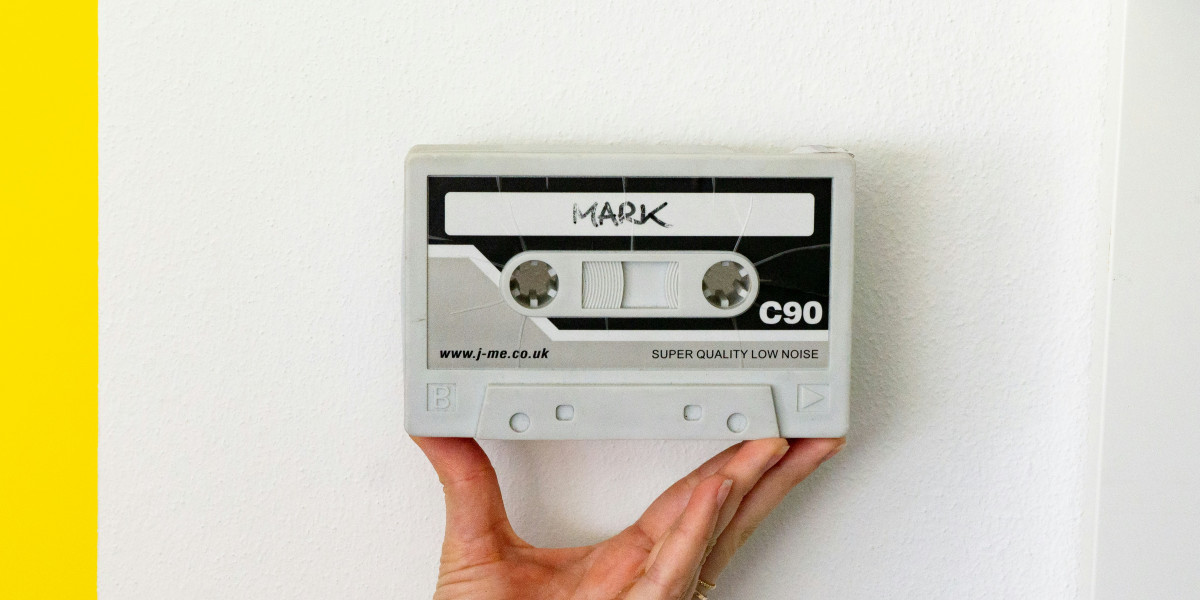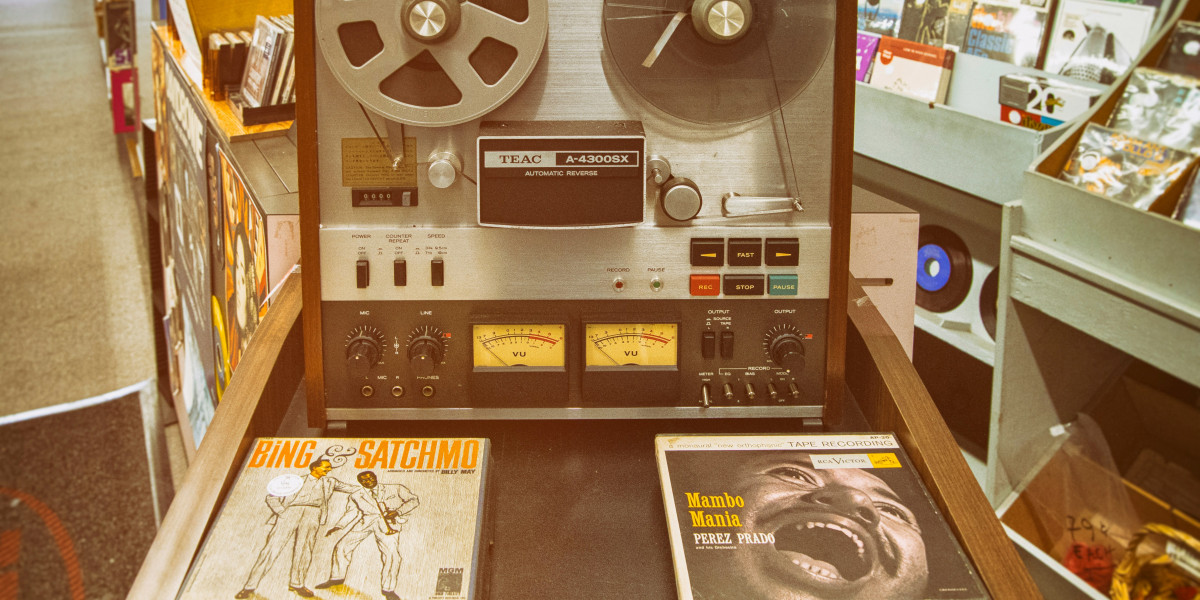Explore insights into the creative art and culture space
The Digital Canvas of 2025: Navigating the Evolving Art & Culture Landscape Online
South Africa. As the digital age continues its relentless march, the year 2025 finds the creative art and culture space transformed, with the internet serving as both its boundless studio and its bustling marketplace. For consultancy firms specializing in the creative sector, understanding these seismic shifts is no longer optional; it is the bedrock of strategic success.
From Earthy Ochre to Pixelated Masterpieces: The Genesis of Creative Value.
Before the pervasive glow of digital screens, the intrinsic value of creative work was meticulously woven into the fabric of human interaction and tradition. One need only look to South Africa's rich cultural tapestry to trace the origins of this value. For millennia, indigenous communities cultivated art and culture not solely as aesthetic pursuits, but as integral components of daily life, ritual, and storytelling. Beads, pottery, rock art, and oral traditions were more than mere objects or performances; they served as repositories of history, identity, and collective wisdom. Their worth was inherently linked to their authenticity, provenance, and the communal narratives they embodied.
<style type="text/css">p { line-height: 115%; margin-bottom: 0.25cm; background: transparent }</style>In this pre-digital era, the "art space" or "art dealer" operated on principles vastly different from today's instantaneous transactions. Imagine the seasoned art dealer of yesteryear: a figure of refined taste, deep connections, and unparalleled expertise. Their role extended beyond simple sales; they functioned as curators, talent discoverers, and guardians of reputation. They scouted studios, cultivated relationships with artists, and fostered a sense of exclusivity around their collections. Value was determined by an intricate interplay of critical recognition, historical importance, scarcity, and the dealer's personal endorsement. Exhibitions were physical gatherings, word-of-mouth was paramount, and transactions frequently involved intimate negotiations built on trust and expert knowledge. The internet, with its boundless access and democratizing power, has irrevocably reshaped this entire landscape.
The digital revolution has fundamentally transformed the music industry, reshaping how music is made, shared, and consumed. In 2025, the online realm for creative arts and culture remains a dynamic, continuously evolving space that presents both immense opportunities and considerable challenges. This article delves into the primary trends defining the music industry's current state and its future trajectory, offering valuable insights for artists, fans, and industry professionals alike.
<style type="text/css">p { line-height: 115%; margin-bottom: 0.25cm; background: transparent }</style>From Ownership to Access: The Evolving Cost of Music Today
Once upon a time, building a music collection meant acquiring stacks of LPs, then shelves of cassettes, followed by binders filled with CDs. Each purchase represented a tangible piece of art, with a clear associated cost. However, in 2025, the question "How much does today's music cost?" largely points to a recurring monthly subscription. This pivotal shift has redefined how we consume music, transitioning from a model of physical ownership to one of widespread digital access. Consumers now "rent" extensive music libraries through streaming services, fundamentally altering the perceived value of an individual song.
Streaming's Flat Fee: The Volume Game for Artist Success
Within the streaming economy, music effectively operates as a digital rental. A single subscription fee grants listeners access to nearly every song ever recorded. For artists, this translates into their music being valued at a minuscule per-stream rate. This flat-fee structure, a stark contrast to the per-unit sales of the cassette and CD eras, means that volume significantly impacts the return on investment (ROI) of intellectual property (IP). To generate substantial revenue, artists must now focus on maximizing their total stream count, highlighting the crucial importance of discoverability and maintaining a steady listenership in the digital landscape.
The Unseen Production Costs: Why Digital Doesn't Mean Free
While the advent of digital distribution eliminated the physical manufacturing and distribution costs associated with records, CDs, and tapes, it did not miraculously remove the expenses of creation. There's a common misconception that because music is digital, it is somehow "free" to produce. However, the music industry's shift to digital media distribution did not account for the costs of creating such media; instead, they were overlooked. The fundamental investments in songwriting, recording sessions, studio time, engineering, mixing, and mastering remain significant financial outlays for artists and labels, regardless of the ultimate distribution method.
Music as Content: The Paradox of Cheap Creation, Expensive Selling
The digital age has transformed music into "content," much like any other form of media, fueling an increasing demand for free access. This cultural shift, while seemingly advantageous for listeners, has created a peculiar paradox for creators: music itself has become far more affordable to produce, yet significantly more expensive to sell. The proliferation of sophisticated Digital Audio Workstations (DAWs) and affordable software plugins means artists can now produce high-quality music from their own computers, drastically reducing the need for costly hardware studios. However, this ease of production has led to a saturated market, making the act of selling and monetizing music financially challenging. The fierce competition for listener attention amidst a vast array of options necessitates substantial investment in marketing and promotion, which often counteracts the reduced production costs.
The Live Experience Economy: Where the True Value of Music Resides
Despite the complexities of the digital realm, these changes have undeniably democratized music creation, opening the industry to billions of new talents worldwide. The sheer volume of music now available has compelled the industry to re-evaluate where its core value truly lies. Increasingly, this value is being realized not primarily from recorded music, but from performance-based live music. The authentic, immersive experience of a concert or live show is where the true value resides in 2025, now packaged as an "experience" sold alongside the music. This trend helps explain why video media is experiencing exponential growth and becoming increasingly prevalent; it serves as the perfect vehicle to capture, share, and promote these invaluable live experiences, extending their reach and impact far beyond the physical venue. The connection forged through a live performance, amplified by compelling visuals, is now the ultimate currency in the evolving music ecosystem.






